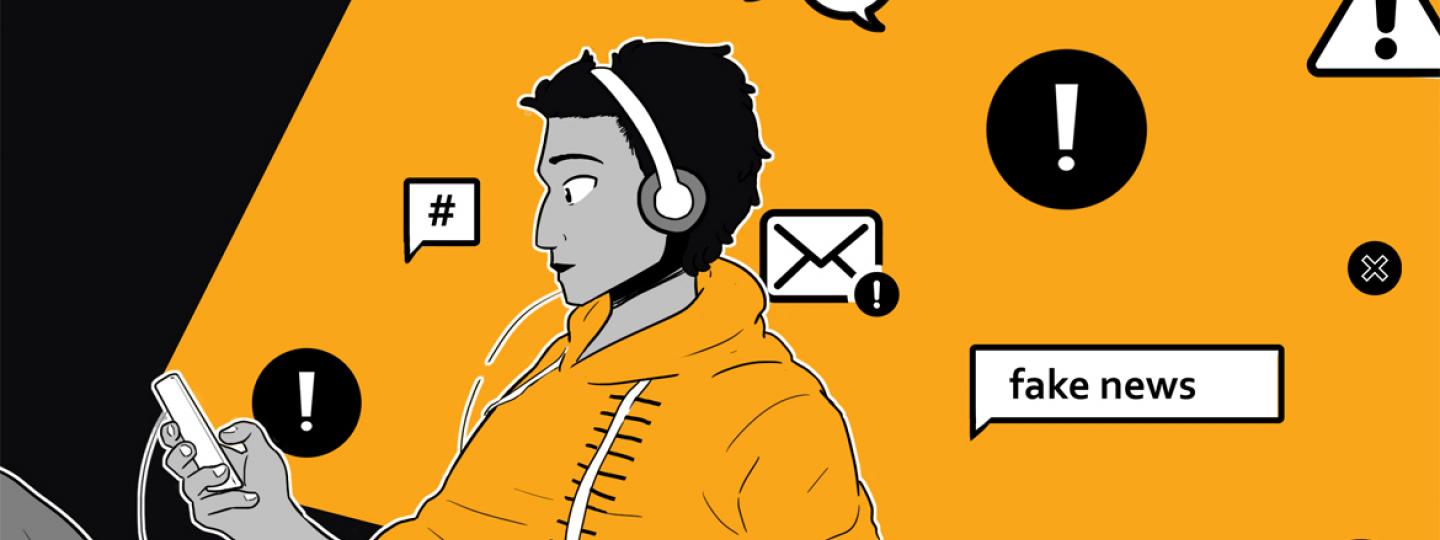This article was originally published on FactCheckingDay.com for International Fact-Checking Day on April 2.
It can be overwhelming to try and figure out whether or not what you’re reading online is true.
Doctored newspaper articles spread on Snapchat, conspiracy theories surface to the top of YouTube search results and Facebook groups are increasingly populated by scammers and fake news. From WhatsApp to Google, misinformation populates most platforms online and it can outpace verified information.
As daunting as this sounds, fact-checking doesn’t have to be heavy lift — it can be as easy as reading a cartoon.
That’s why Brazilian fact-checking project Aos Fatos created one. Featuring Fred Fact, the cartoon walks readers through seven simple ways they can use their smartphones to check information and become a more discerning media consumer. Tips include things as simple as checking the author’s name and reverse searching an image.
Read the cartoon below in English, French, Italian, Portuguese or Swahili, and then share it on social media using #FactCheckIt and #FactCheckingDay. Have a tip that didn’t make the cartoon? Send it to us at factchecknet@poynter.org







